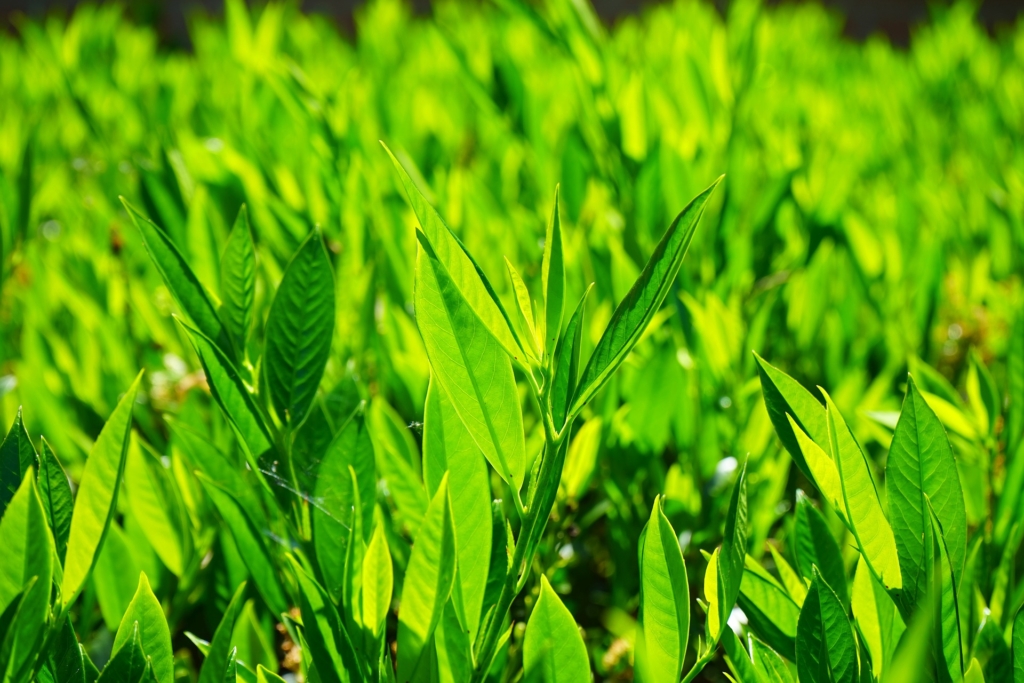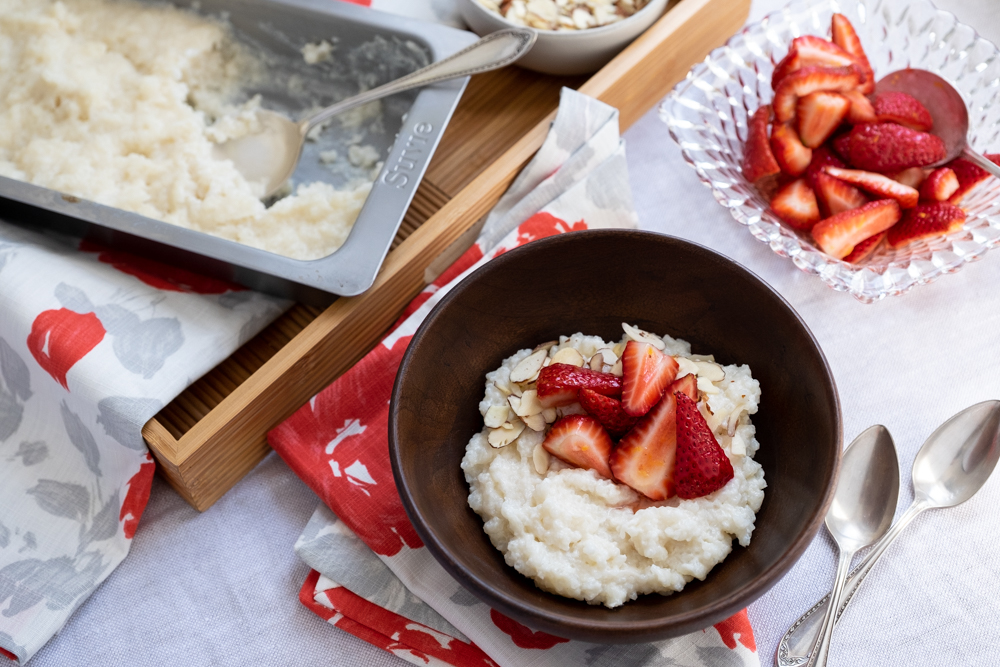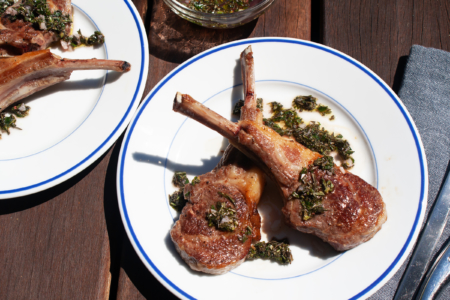Bay leaves are widely used all around the world because of their use in adding spice to dishes. Both dry and fresh bay leaves may be used in cooking with each variety lending its unique flavor to an array of dishes.
History of Bay Leaf
Bay was cultivated in ancient times in Greece and it was most notably used to crown the victorious athletes of Greece. Bay leaves were widely used in the Middle Ages for their medicinal use.
Bay Leaf is a native of the Mediterranean and is widely grown today in scrubland woods of Europe and California.
Appearance Of Bay Leaf
A bay leaf is olive green in color; the upper surface is shiny and smooth while the lower surface is a bit dull with prominent veins. The size of an individual bay leaf ranges from 1 to 3 inches and has an elliptical shape.

Flavor Of Bay Leaf
Bay leaf is usually crushed to form a bitter taste with a delicate aroma. When it is immersed in water, it forms a minty taste that has an overall herbal quality.
Culinary Benefits of Bay Leaf
Bay leaves are rarely consumed directly. They are mostly added to sauces or curries during the stewing process to impart their flavor and then removed before consuming the food.
Bay leaves are a common ingredient in the famous French, “bouquet garni”, a traditional bundle of tied herbs that are added to soups, stews, sauces, and casseroles while cooking. Bay leaf can also be used in marinades for fish and meat.

You can find bay leaf in many soups too, as it gives a warm flavor and depth to the soup. Try our recipe for Chicken and rice soup with the addition of bay leaf.
Bay leaf also finds its way into cooking seafood like crab and shrimp. It is added to the boiling water to enhance the taste of seafood. The addition of bay leaf enhances the taste of this already delicious Salmon Chowder recipe.
Bay leaves are commonly used in Indian households to add spice to curries. It is also crushed to form a paste that is used in pickling solutions. If you are craving some Indian food, try out this delectable Chana Masala recipe.

Apart from its savory applications, bay leaf is also added to the cream mixture of rice pudding sometimes. It is used to add a subtle minty flavor of herbs to the dessert.
Storage
Dried bay leaves should be stored in airtight containers and placed in a cool and dry place that is not exposed to moisture. It is best to store them in the freezer. They remain intact in flavor for 2 to 3 months when stored in airtight containers. You can use them for longer periods as well but the flavor will reduce over time.
Fresh bay leaves are to be wrapped in a damp paper towel or a damp cloth and stored in a ziplock bag. The leaves stay fresh in the refrigerator for about 1 to 2 weeks. If you want to store them for a longer time, then you can store them in the freezer.



